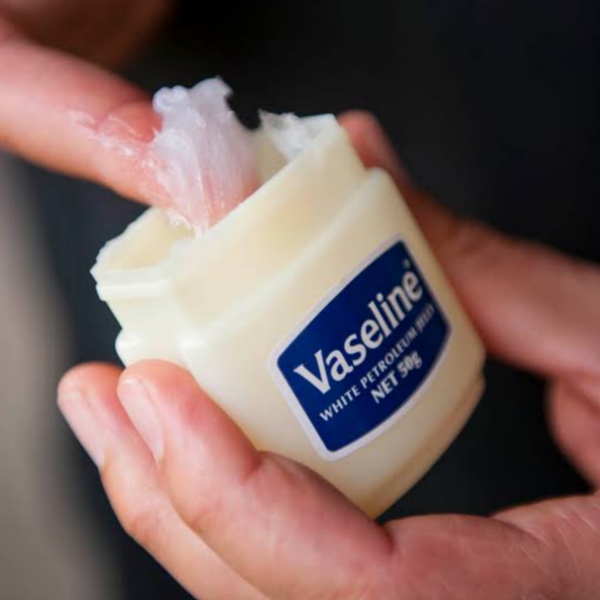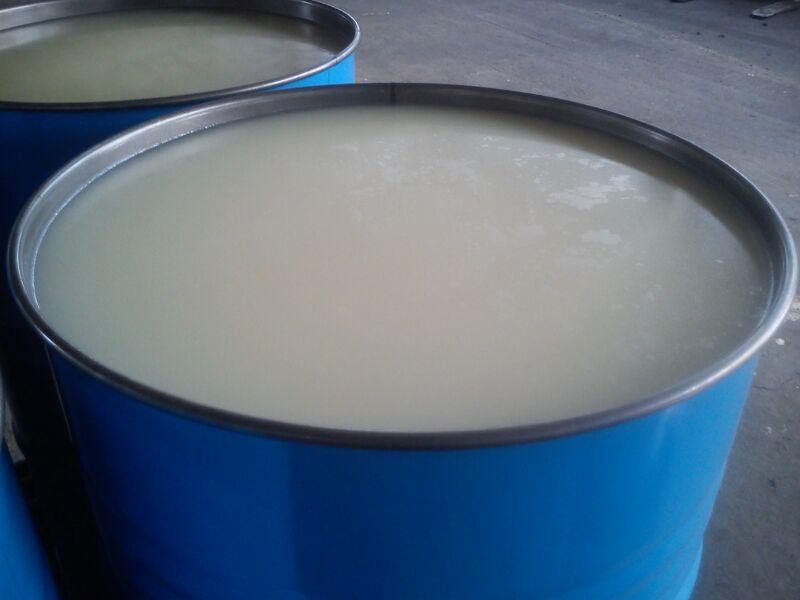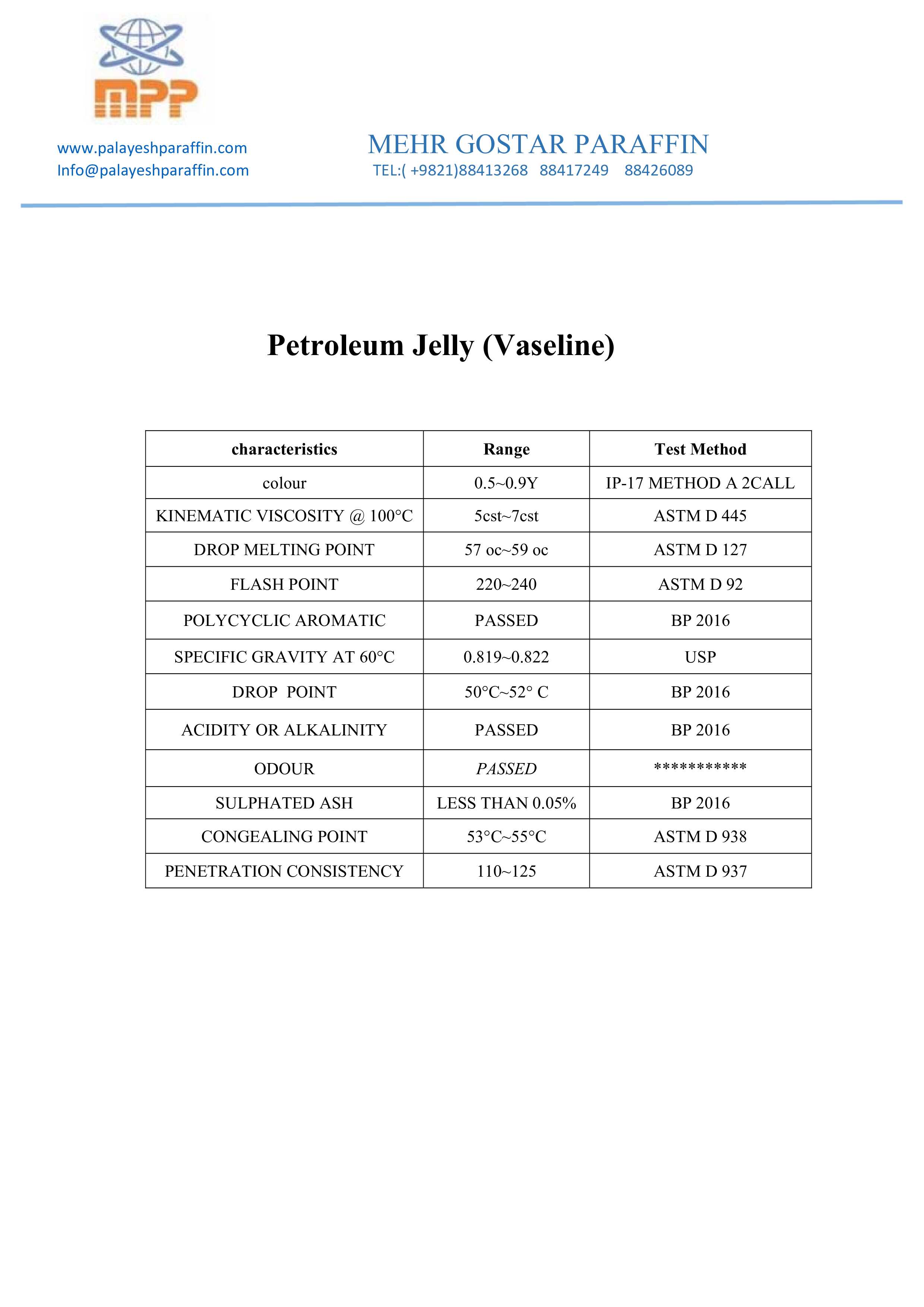
what is petroleum jelly?
Petroleum jelly, also known as petrolatum, is a semi-solid mixture of hydrocarbons, primarily made from petroleum. It is typically colorless or pale yellow and has a consistency similar to that of a soft wax.
Petroleum jelly is commonly used as a skin moisturizer and protectant, as it forms a barrier on the skin that helps to prevent moisture loss. It is also used in various other products such as lotions, lip balms, and hair products.
Petroleum jelly was first discovered in the 19th century and has been used in various forms ever since. It is considered safe for external use, but it should not be ingested or used on broken skin.
Quality of Petroleum Jelly
The quality of petroleum jelly can vary depending on the specific product and manufacturer. In general, petroleum jelly is considered safe for external use and is widely used in the cosmetics and personal care industry.
Here are some factors that can affect the quality of petroleum jelly:
Purity: High-quality petroleum jelly should be free of impurities and contaminants. It should also meet the standards set by regulatory bodies, such as the US Pharmacopeia (USP) or European Pharmacopeia (EP).
Consistency: The consistency of petroleum jelly should be uniform and smooth. It should be easy to apply and spread evenly on the skin.
Odor: Petroleum jelly should be odorless or have a very faint odor. Strong or unpleasant odors can indicate the presence of impurities or
contaminants
Shelf life: Petroleum jelly should have a long shelf life, as it can be stored for extended periods without spoiling or losing its effectiveness.
Packaging: The quality of the packaging can also affect the quality of petroleum jelly. It should be stored in a clean, dry, and airtight container to prevent contamination and maintain its quality over time.
History of Petroleum Jelly
Petroleum jelly, also known as petrolatum, is a semi-solid mixture of hydrocarbons that is commonly used as a skin ointment, lubricant, and a variety of other applications.
The history of petroleum jelly dates back to the mid-19th century, when it was first discovered in oil wells in the United States. The credit for the discovery of petroleum jelly is usually given to Robert Augustus Chesebrough, a young chemist who traveled to Pennsylvania in search of new products to market.
Chesebrough was intrigued by a gooey substance that was being discarded by oil rig workers. He found that the substance had remarkable properties as a lubricant and could be used to treat cuts and burns. He began to refine the substance and eventually patented it under the name Vaseline in 1872.
Vaseline quickly became a popular product, and Chesebrough went on to found the Chesebrough Manufacturing Company to produce and market it. Over the years, petroleum jelly has been used for a variety of purposes, including as a lubricant for machinery, a waterproofing agent for leather, and a rust preventer.
Today, petroleum jelly remains a popular product for skin care and other uses. It is used as a moisturizer, a lip balm, a hair gel, and a makeup remover, among other things. While it has been criticized for its use of non-renewable resources and its potential to clog pores, it remains a widely used and versatile product.

